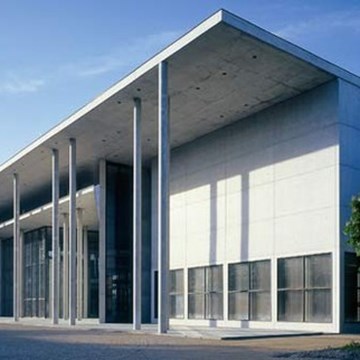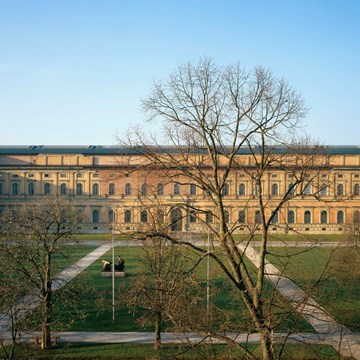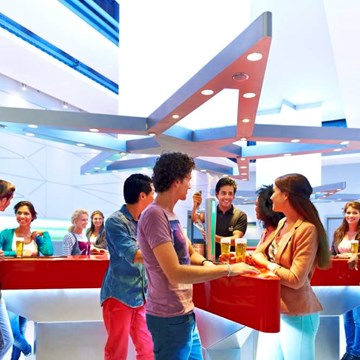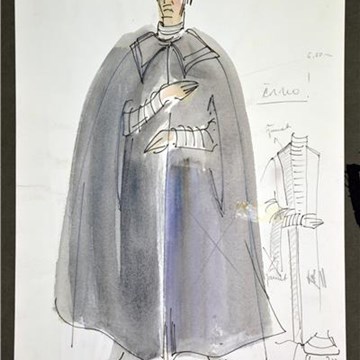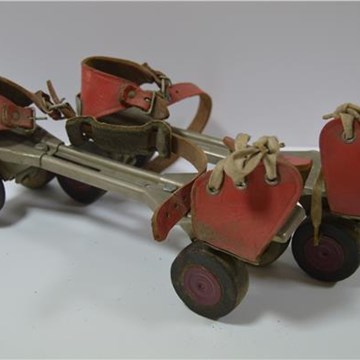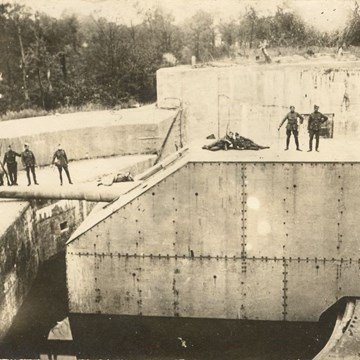V&A Museum of Childhood
The V&A Museum of Childhood in Bethnal Green in the East End of London is a branch of the Victoria and Albert Museum (the "V&A"), which is the United Kingdom's national museum of applied arts.
The museum was founded in 1872 as the Bethnal Green Museum. The iron structure reused a prefabricated building from Albertopolis which was replaced with some early sections of the modern V&A complex. The exterior of the building was designed by James William Wild in red brick in a Rundbogenstil (round-arched) style very similar to that in contemporary Germany.
The building was used to display a variety of collections at different times, including the works which can now be seen at the Wallace Collection. In the 1920s, it began to focus on services for children, and in 1974 the director of the V&A, Sir Roy Strong, defined it as a specialist museum of childhood.
Of all the branches, the Bethnal Green Museum has the largest collection of childhood objects in the United Kingdom.
The mission of the museum is "To enable everyone, especially the young, to explore and enjoy the designed world, in particular objects made for and made by children." It has extensive collections of toys, childhood equipment and costumes, and stages a programme of temporary exhibitions.
The museum closed in October 2005 for the second phase of extensive renovations, costing £4.7 million. It reopened on 9 December 2006 with changes including a new front entrance, gallery, displays and café.
Inside the museum is a cast iron statue by John Bell (1811–1896). It came originally from the Great Exhibition of 1851. "The Eagle slayer" shows a marksman shooting at an eagle which has slain the lamb that lies at his feet.
Text: http://en.wikipedia.org/wiki/V%26A_Museum_of_Childhood
Photo: http://commons.wikimedia.org/wiki/File:V%26A_Museum_of_Childhood.jpg
Exhibitions and events
We don't have anything to show you here.
Educational programs
We don't have anything to show you here.




